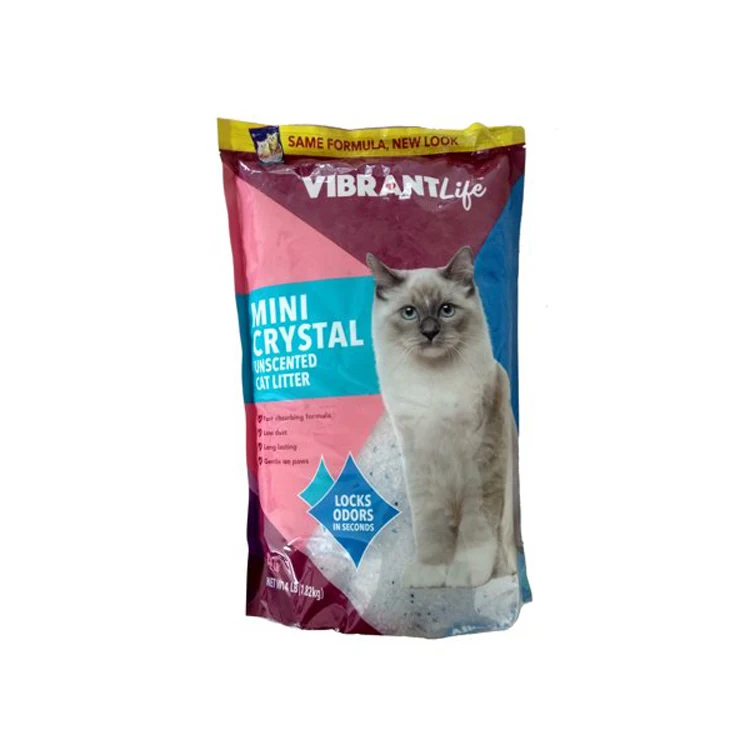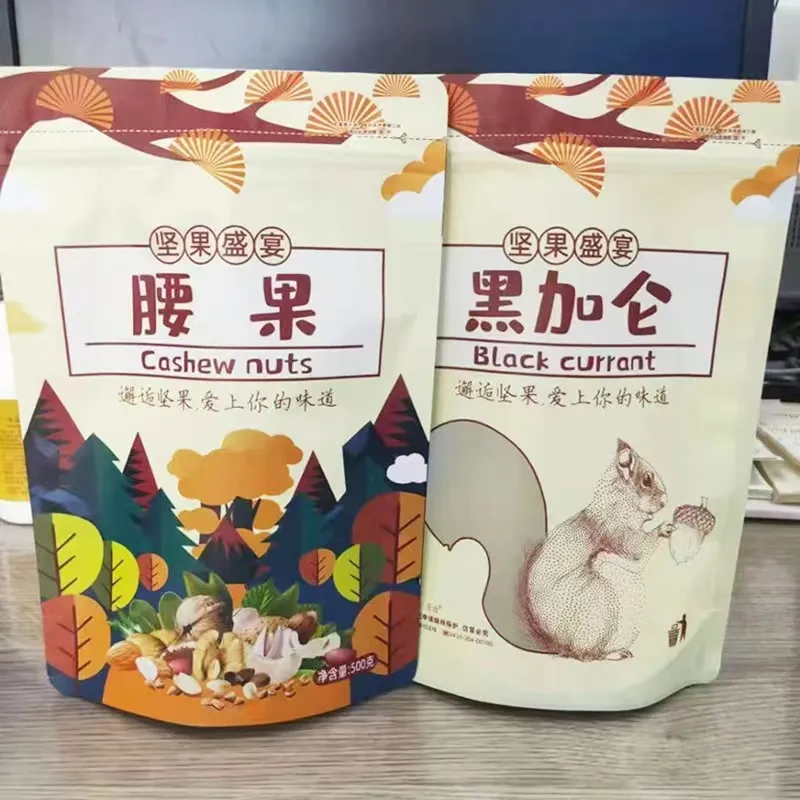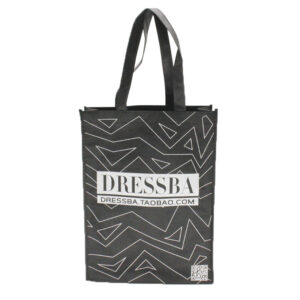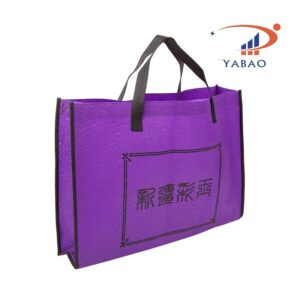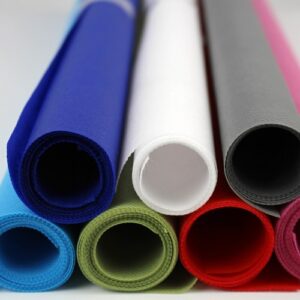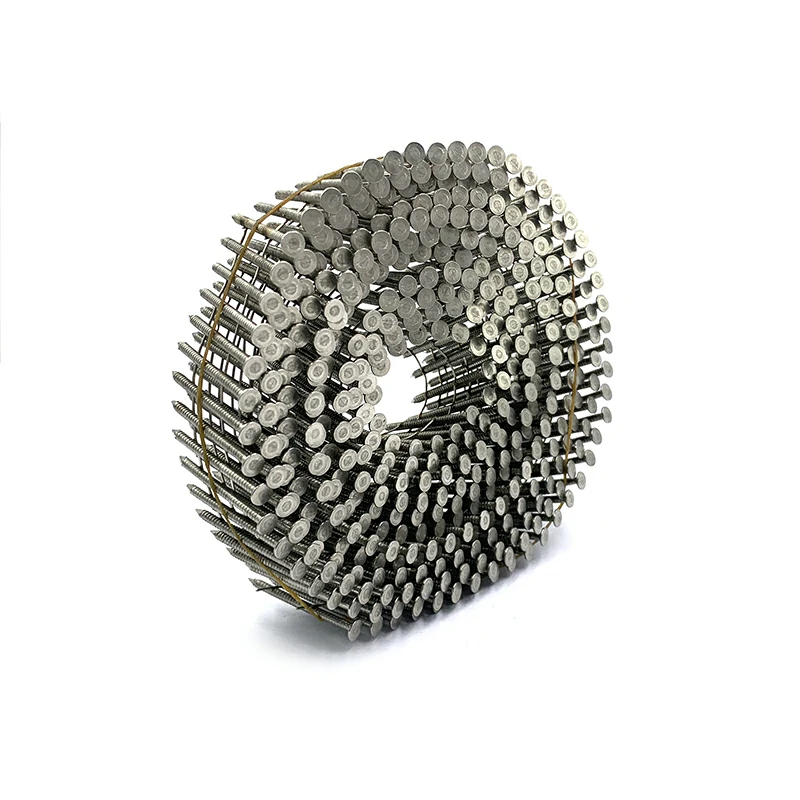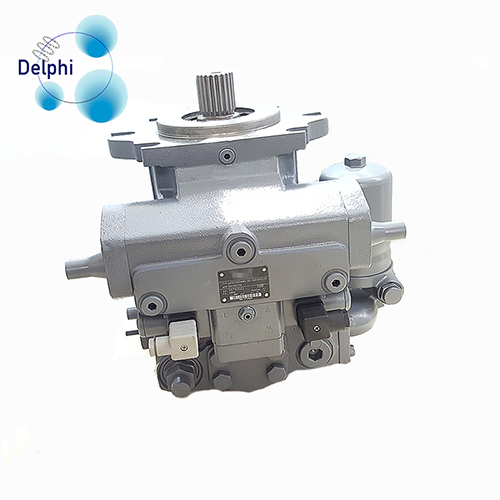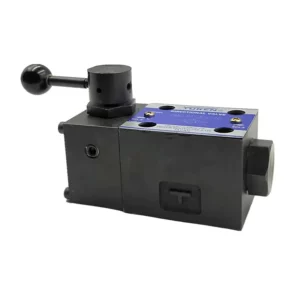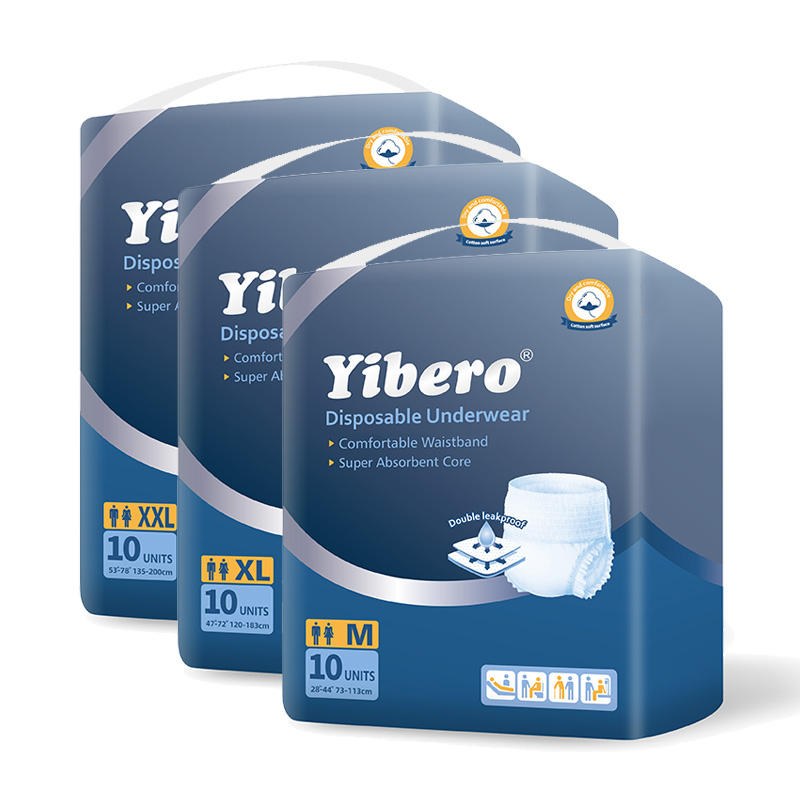Stand-up zipper pouches contribute to reducing the risk of cross-contamination between different food items through several key features and benefits:
- Individual Compartments: Some stand-up zipper pouches are designed with multiple compartments or sections, allowing different food items to be stored separately within the same pouch. This segregation helps prevent direct contact between different foods, reducing the risk of cross-contamination.
- Zipper Seal: The zipper seal on stand-up pouches provides a secure closure mechanism that helps keep the contents of the pouch isolated and contained. Once sealed, the zipper creates a barrier that prevents the transfer of contaminants between different compartments or between the pouch’s contents and external environments.
- Tamper-Evident Features: Many stand-up zipper pouches include tamper-evident features such as tear strips or indicators that signal whether the pouch has been opened or compromised. These features provide assurance to consumers that the contents of the pouch are safe and have not been tampered with, reducing the risk of cross-contamination from unauthorized access.
- Easy Cleaning and Maintenance: Stand-up zipper pouches are typically made from materials that are easy to clean and maintain, such as food-grade plastics or laminates. This facilitates thorough cleaning between uses, preventing the buildup of residue or contaminants that could contribute to cross-contamination.
- Labeling and Organization: Stand-up zipper pouches can be labeled or organized to clearly identify the contents of each compartment or section. stand up zipper pouch Proper labeling helps users distinguish between different food items and avoid confusion or mix-ups that could lead to cross-contamination.
- Portion Control: Stand-up zipper pouches allow for portion-controlled storage of food items, reducing the need for transferring foods between containers or packaging. By portioning foods into individual compartments or pouches, users can minimize the risk of cross-contamination that may occur during handling or serving.
- Hygienic Handling: The zipper closure and stand-up design of these pouches facilitate hygienic handling, as users can access the contents of the pouch without directly touching the food items. This reduces the likelihood of transferring contaminants from hands or surfaces to the food, helping maintain food safety and minimizing the risk of cross-contamination.
Overall, stand-up zipper pouches offer practical solutions for reducing the risk of cross-contamination between different food items by providing compartmentalization, secure closures, tamper-evident features, easy cleaning, labeling and organization, portion control, and hygienic handling. These features help ensure the safety and integrity of stored foods, promoting consumer confidence in their quality and freshness.
